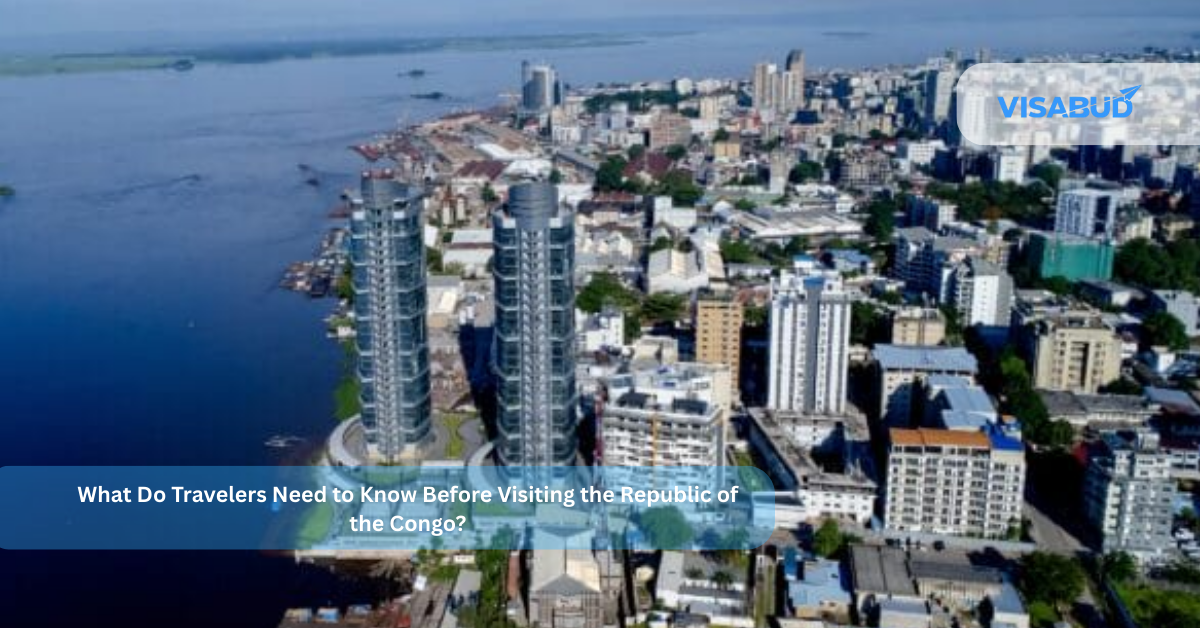Kyrgyzstan Travel Guide: All you need to know to visit Kyrgyzstan in 2026
Welcome to Kyrgyzstan
Welcome to Kyrgyzstan
The instant you step foot in this Central Asian nation, Kyrgyzstan, you’ll be intrigued. The country has stunning, unspoiled mountains, highland lakes that are crystal pure, a unique culture, and unusual traditions.
Document checklist for Kyrgyzstan
A visa is required for visits exceeding 60 days
Valid passport (must contain two empty pages and be valid for not less than six months from the date of entry)
Enough money to pay your travel expenses
Essential Kyrgyzstan travel information
Currency – The Som (KSG) is Kyrgyzstan’s designated currency. For example, KSG 87 is around 1 USD.
Daily budget for one person – Spending USD 55 (KSG 4808) a day on vacation in Kyrgyzstan is something you should budget for.
Languages – Kyrgyzstan has two official languages: Russian and Kyrgyz.
Socket type – C and F types. Operating on a 220V supply voltage and 50Hz in Kyrgyzstan.
The top 3 major cities are Osh, Bishkek, and Ak-Su.
Top 3 landmarks/monuments – Kol-Tor Lake, Burana Tower, and Ala Archa National Park.
Visa information for Kyrgyzstan
Travelers from more than 100 nations can enter Kyrgyzstan with a tourist visa and an electronic travel document. Depending on your country of origin, the reason for the trip, and your preferences, this single-entry visa allows you to remain for 30 or 60 days.
Citizens of Canada, Australia, the United States, the United Kingdom, and several European nations can apply for a Kyrgyz eVisa.
Typical costs and budget for Kyrgyzstan
Daily spending – For one day, you should budget between USD 55 (KSG 4,808).
Meals – For travelers, eating in Kyrgyzstan is often relatively reasonable, costing $10–20 (KSG 840–168) daily.
Transport – You should budget $5 to $15 (KSG 420 to 1,260) daily for taxis and public transit.
Hotel – In Kyrgyzstan, mid-range hotels and guesthouses will cost you between $20–$40 (KSG 1,680-3,360) per night.
On a moderate budget, a couple might anticipate spending about USD 110 (KSG 9,616) daily in Kyrgyzstan, which includes food, travel, and lodging.
Transport and best ways to travel around Kyrgyzstan
Tourists may go around significant cities on a network of municipal buses, minibusses, and trolleybuses. There are also shared and private cab services where your bags and seat may be billed individually.
One domestic railway line goes from Bishkek to Balykchy, situated on Lake Issyk-Kul, and continues on its way east.
Long-distance buses run between Bishkek and Karakol; however, they make plenty of stops along the way. Minibusses typically wait until they are packed before leaving, despite having more flexible scheduling. However, they frequently cover greater distances.
If you have an international driving permit, renting a car is an alternative. However, the state of the roadways could be better. Therefore, if you select this route, keep in mind to follow all applicable traffic regulations.
Safety in Kyrgyzstan
Even though Kyrgyzstan is typically secure, getting there and about can be difficult. Therefore, when traveling to Kyrgyzstan, bear the following in mind:
To prevent catching the attention of prospective thieves, keep precious goods hidden, especially in places like Osh Bazaar, where pickpockets routinely prey on tourists.
Always get travel insurance to guarantee access to medical care and services abroad. The usage of travel insurance also extends to unforeseen medical evacuations.
Remember any applicable laws; if you need help, contact the appropriate authorities.
Avoid going near any political rallies or protests if at all possible. Instead, to remain current on the nation’s political climate and civil unrest, follow local media.
The Kyrgyz-Tajik border regions should not be visited unless necessary because there is still conflict between these two nations. In addition, this area frequently experiences terrorist assaults.
Weather in Kyrgyzstan
The summer is often the most significant travel season, although you may visit Kyrgyzstan anytime. However, the most incredible months to visit Kyrgyzstan are July and August. These months offer the finest opportunities to go outside the towns and to the country’s highlands, which are certainly its highlights.
Must do and see in Kyrgyzstan
Sleep in a yurt camp: A warm, roomy structure that is simple but inventive and simple to construct and transport in remote regions. It is among the most crucial facets of Kyrgyz culture. Contrary to common belief, yurts provide pleasant sleeping accommodations, unlike tents and other temporary constructions.
Horseback riding: When visiting Kyrgyzstan, horseback riding is a must, even if this is the first time you have done it. Most horses in Kyrgyzstan are very well-trained, and their owners are great at making novice riders feel comfortable. In addition, it’s an excellent chance to experience the distinctive landscapes and culture.
Ala Kul: Between the Karakol Valley and Altyn Arashan, at the summit of a mountain pass, lies a lake known by the name Ala Kul. Ala-Kul translates to “lake of many colors” in the Kyrgyz language. On clear days, the lake’s hue changes continually, going from blue and green to black when it rains.
Issyk Kul: Issyk Kul is among the world’s most exquisite, sizable, and profound lakes. It never freezes, even in winter, thanks to its large size and moderate salinity, contributing to its nickname. Issyk Kul is a Kyrgyz word that means “hot lake.”
Visit a market: Kyrgyzstan is home to several marketplaces. The traditional bazaar is the most common and arguably the most intriguing type. In addition, you may explore a variety of bazaars in Osh, Karakol, and Bishkek.
Typical Kyrgyz food to try
Kuurdak: Made of grilled mutton, fat, and onions, kuurdak is another well-known Kyrgyz cuisine. Additionally, various vegetables, including potatoes or carrots, are frequently included.
Oromo: Another meal from the Kyrgyz Republic, mostly veggies rather than meat, is called Oromo. Pork, cabbage, carrots, and thin dough sheets are all combined in the filling.
Beshbarmak: One of the most well-known and adored Kyrgyz dishes is called beshbarmak. In an onion broth, beshbarmak is often prepared with noodles and horse meat. Nevertheless, some natives consume meat or mutton.
Related Articles

5 min read
What Do Travelers Need to Know Before Visiting the Republic of the Congo?
Travelers to the Republic of the Congo should prepare for a visa in advance, tropical health precautions, cash-based payments, and limited infrastructure outside major cities. The country rewards careful planning
Read More
5 min read
What Do You Need to Know About Morocco’s Lifestyle, Culture, and Must-Visit Tourist Spots?
Morocco is a vibrant North African country where ancient traditions blend with modern life, offering colorful markets, warm hospitality, diverse landscapes, rich Islamic heritage, and unforgettable destinations like Marrakech, Chefchaouen,
Read More
5 min read
What Makes Cuba Unique? Lifestyle, Culture, and Must-Visit Tourist Destinations
When you think of the Caribbean, you usually picture the same things: white sand, blue water, and expensive hotels with swimming pools. While Cuba definitely has the beaches, it is
Read MoreYes. An eVisa is an email-based entry permit for Kyrgyzstan. Therefore, the same entry rights into Kyrgyzstan are granted by an eVisa as by a traditional sticker visa in the passport.
Indian citizens need to get an e-Visa to enter Kyrgyzstan.
An applicant who wishes to travel to the Kyrgyz Republic for up to 90 days is granted an electronic visa. Depending on the trip’s objective, there are single and double-entrance options.
A current passport, a digital photo, and optional documentation about your occupation are required. Depending on the kind of visa, all papers should be scanned as digital files and attached to your electronic application.
From the submission date, the processing period for a visa to Kyrgyzstan might last 2–3 working days.
